IS IT TIME TO CONSIDER THE SWITCH TO EVS?
Switching to an electric car gives you a smoother, emission-free drive.
Much has changed since electric cars entered the scene about a decade ago. Back then, the thought of owning - or even driving - an electric car was a remote one, with few electric vehicles (EVs) and charging points available. Spotting one in public was like sighting a unicorn.
Today, the EV landscape has totally transformed, with practically every brand producing EVs. They even come in a range of models - from sedans, SUVs, hatchbacks, and more. Alongside this, charging points in Singapore are also more widely accessible.
Given the availability of EV charging points across the island, and how EVs give a smoother, emission-free drive, now could be the time to consider switching from a regular internal combustion engine (ICE) car to an EV. Here are the reasons why.
Incentives & rebates
First things first: When you buy an EV in Singapore, you can avail the incentives launched by the Land Transport Authority (LTA) to electrify our vehicle population as it works towards having 100% cleaner energy vehicles by 2040 under the Singapore Green Plan 2030.
This means you can take advantage of the EV Early Adoption Incentive, which grants those who register an electric vehicle a rebate of up to 45% off the Additional Registration Fees (capped at $20,000).
You may also be able to qualify for the Enhanced Vehicle Emissions Scheme, which offers rebates of up to $25,000 for cars classified under the A1 Band.
Plus, with the Revised Road Tax Framework, the road tax for mass-market EVs has become more comparable to that of their ICE equivalents. In fact, LTA has already revised the Maximum Power Output threshold for EVs from 97kW to 110kW, so that more mass-market EV models now fall under the less expensive COE Category A.
In total, these incentives give buyers of new EVs combined savings of up to $45,000 in rebates. Those whose cars are in the 90-230kW power rating bracket will see their annual road tax reduced by up to 34%.
Cheaper maintenance
So EVs are more affordable compared to when they first hit the market. How about maintaining it?
An EV's electric motor is simpler and has fewer components. Apart from improved reliability, this also means the battery, motor and associated electronics require little to no regular maintenance.
There are fewer fluids and parts that need to be maintained, changed, or replaced such as engine oil, oil filters, air filter, spark plugs, fuel filters, timing belts and radiators.
Regenerative braking - an innovative feature in EVs that helps recharge batteries on the go by transforming kinetic energy from braking back into electric energy stored in the car's batteries - reduces brake wear and the build-up of brake dust. This extends the life of parts such as cables and brake pads.
Combining all these savings, the cost of maintaining an EV can be just up to a third of the expense of maintaining an ICE vehicle, thereby lowering your running costs.
A smoother drive
If you've never driven an EV and you're wondering how driving one will compare to its ICE counterpart, you will be pleasantly surprised. A huge advantage is that the EV's electric motor delivers torque instantly, whereas a petrol-powered engine still needs to increase its revolutions per minute (RPM) to increase its power output.
This translates to a seamless and rapid power delivery, which - as we at SGCM can attest to after having test-driven EVs of all makes and models - makes an EV feel sharper and more responsive.
Quieter and more comfortable rides
Having an electric motor also has near-zero levels of vibration and operating it produces significantly less noise than an ICE car. Apart from improving your comfort level inside the car, you can also enjoy music and have better conversations with your passengers with less distractions due to the absence of engine noise.
Better range, less anxiety
Range anxiety, or the fear that your car battery may die while you're on the road, is very much a real thing, especially back when charging points used to be far and few between.
With many EV models now offering a driving range of at least 350 km though, you have less to worry about. This is more than sufficient to meet the needs of the average motorist in Singapore.
Generally speaking, most drivers average 50km a day commuting to and from work, with perhaps an errand or two in between. An EV with around a 350 km range means you should only have to charge it approximately once a week.
Recharging can be as simple as plugging it in once a week when you get home, leaving it to get 'juiced up' overnight, and driving off the next day with a fully-charged battery.
More charging points coming your way
In addition, Singapore's EV charging network is rapidly expanding. As of today, there are already over 3,000 charging points island-wide, with more on the way.
In just three years' time, every HDB town will be EV-Ready, with charging points in nearly 2,000 HDB carparks.
It won't stop there. As EV adoption increases, LTA will deploy additional charging points to meet the higher EV charging demand. By 2030, Singapore will have 60,000 EV charging points.
Easier to find charging points
Finding a charging point is not like finding a needle in the haystack anymore. Just use the MyTransport.SG app to find charging points offered by the major providers.
Apart from helping you locate charging points, the app also displays information such as pricing, power rating and type of plug to help drivers plan their charging schedule, as well as the real-time availability of EV charging points - starting with those under CDG-E & SP Mobility.
After finding your preferred charging point in the app, you will be redirected to the operator's app for payment, or to Google Maps for navigation.
Upgraded safety standards
EVs come with Battery Management systems that regulates the charge voltage, temperature, and battery health, ensuring that the EV's batteries operate and is charged within its prescribed safety limits.
In addition, Singapore's updated EV charging standard, Technical Reference 25 (TR25) stipulates the proper installation of charging points and mandates periodic safety inspections.
TR25 is reviewed not just by the Government, but also by industry and academic stakeholders to ensure that Singapore stays relevant in the landscape by incorporating the latest EV charging technologies and supporting the safety of the EV ecosystem in the country.
For example, under TR25, the use of household extension cords to charge EVs from 13 Ampere household sockets is banned. Low-powered charging is permitted using 15 Ampere (15A) sockets, with each socket allowed to serve only one charger at a time to avoid electrical overloading.
Singapore also adheres to international standards like United Nations Economic Commissions for Europe R100 (UNECE R100) to reduce the risk of electrical, thermal, or mechanical failures.
Better for the environment
Climate change is a real issue that affects everyone, which means we should all play a part in alleviating it - such as by switching to EVs if we need a car.
EVs are significantly more environmentally friendly compared to ICE cars in more ways than one.
An EV emits half the amount of carbon dioxide (CO2) than a comparable ICE vehicle. This means that if all cars in Singapore are EVs, carbon emissions would be reduced by an astounding 1.5 to 2 million tonnes. With an average car weighing about 1.5 tonnes, that would make it equivalent to the weight of up to 1.3 million cars!
EVs also help curb noise pollution as they produce less noise than ICEs, particularly at low speeds.
With the prospect of minimum noise levels to be regulated under new laws in Singapore for technical standards and safety precautions soon, driving an EV, which emits less noise than an ICE vehicle, will put you ahead of the curve.
To switch or not to switch
If it's inertia that's holding you back from making the switch, consider this the push that you need. EVs are quieter, more environmentally friendly, and deliver smoother performance compared to ICE vehicles. The charging infrastructure has evolved to be more convenient and accessible, with even more improvements in the horizon.
So, should you now consider switching to an EV? It is, quite simply, an easier question to answer than ever before and the thought of owning an EV in Singapore is truly a viable option that needs to be seriously considered.

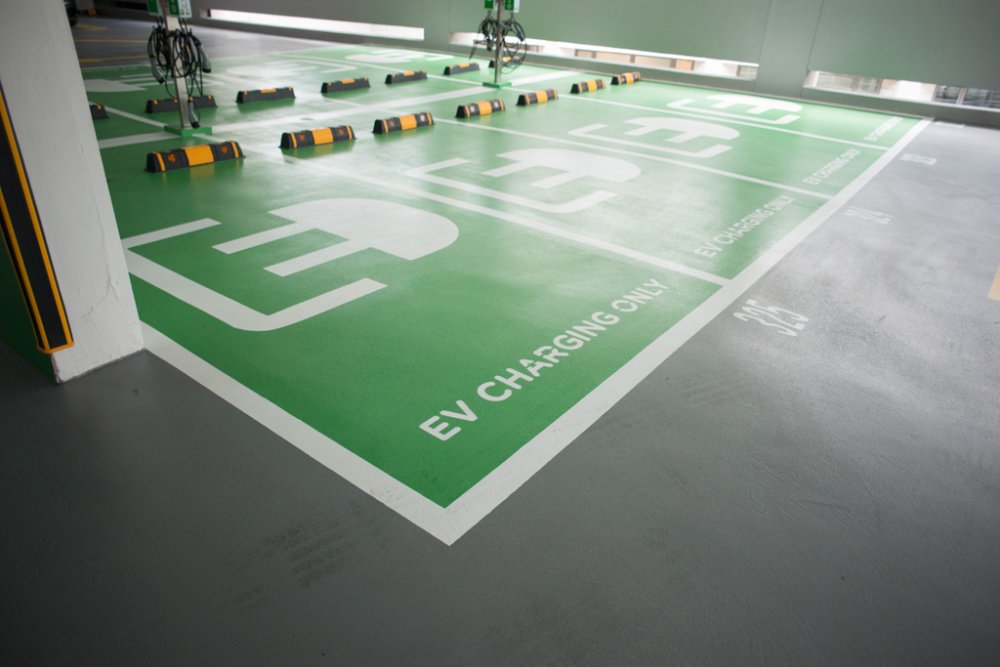
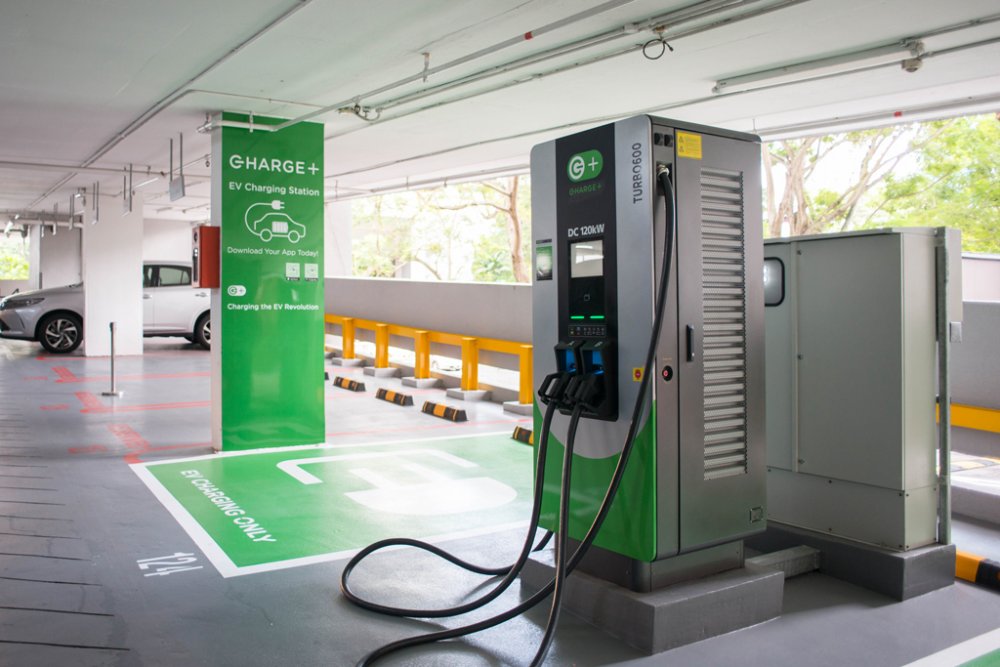
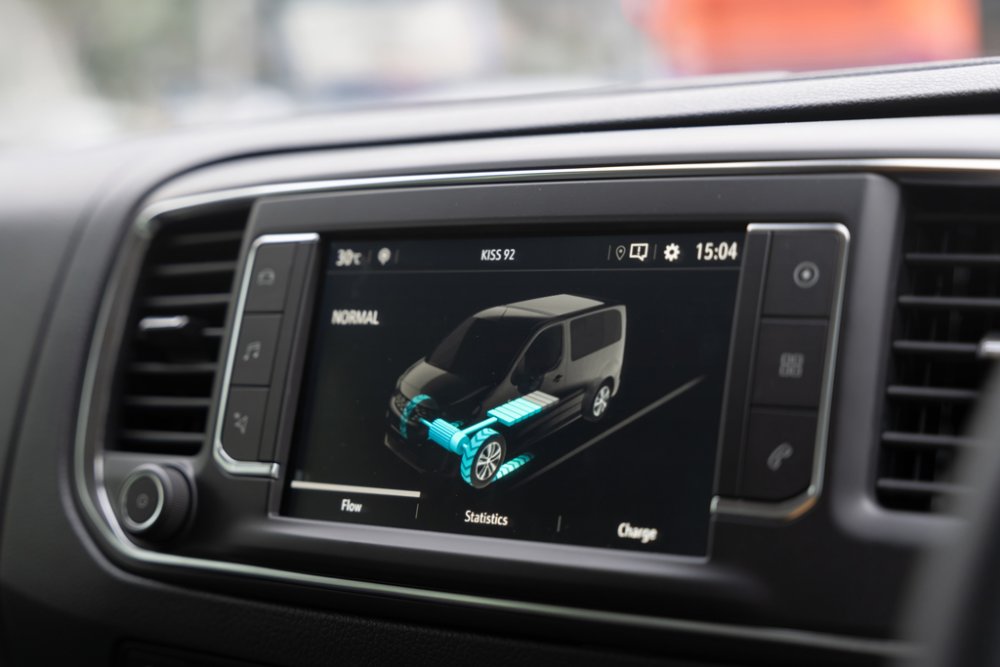
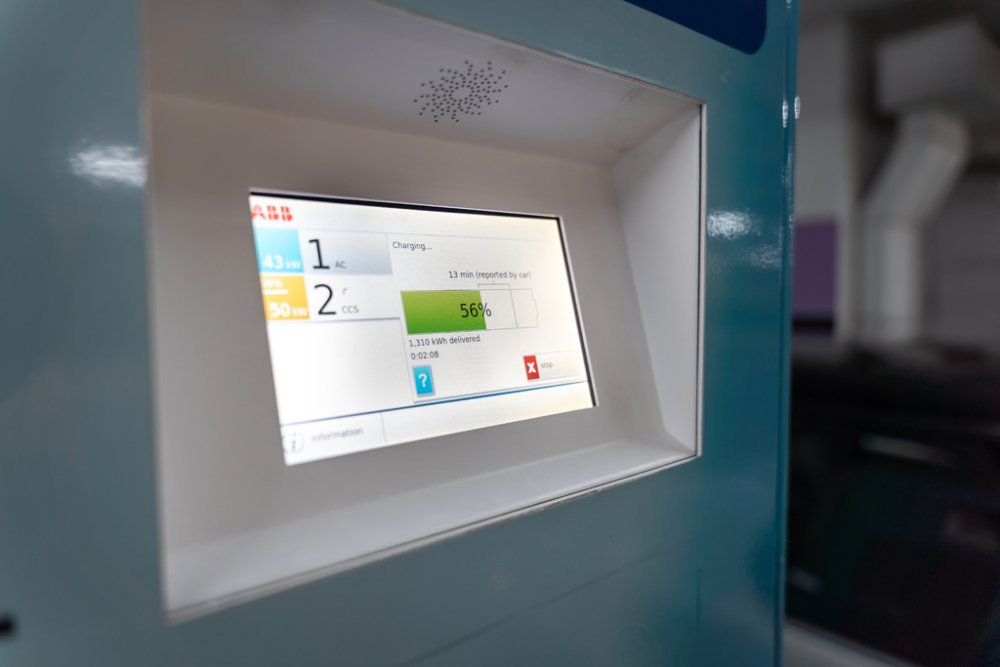
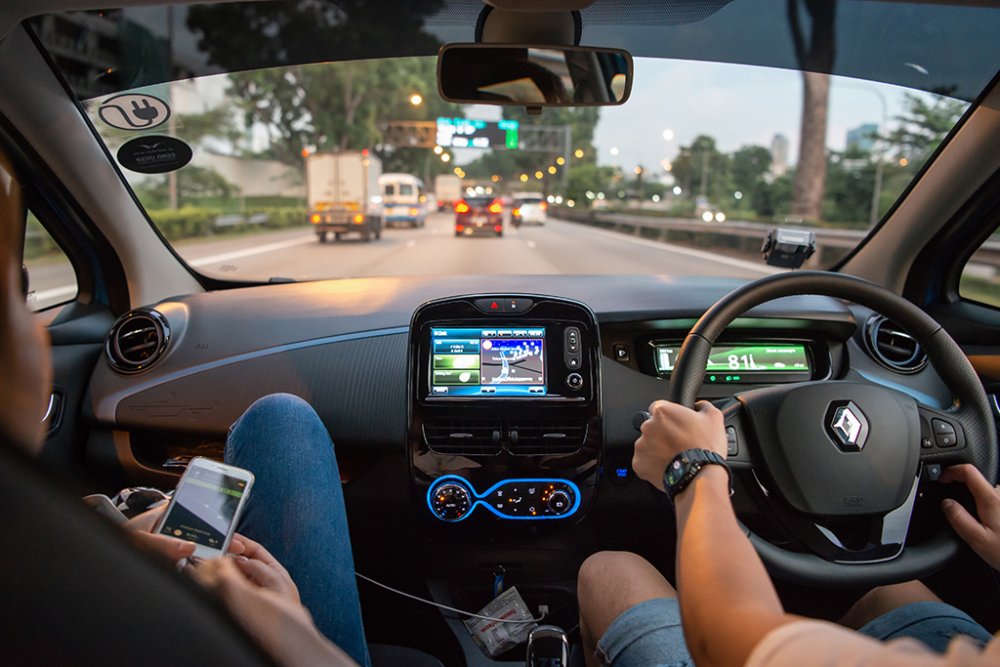
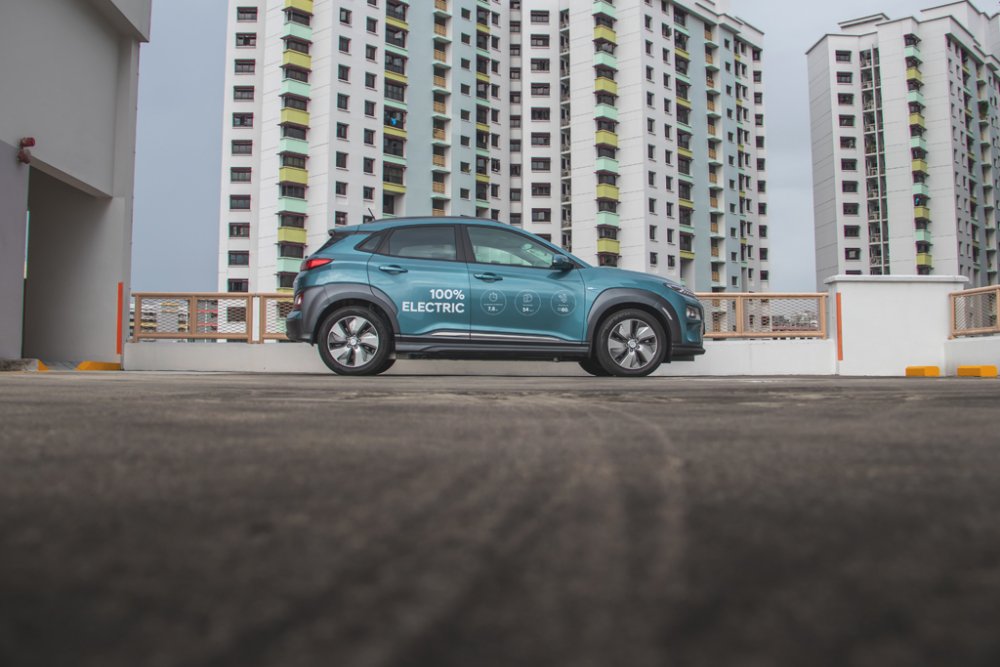
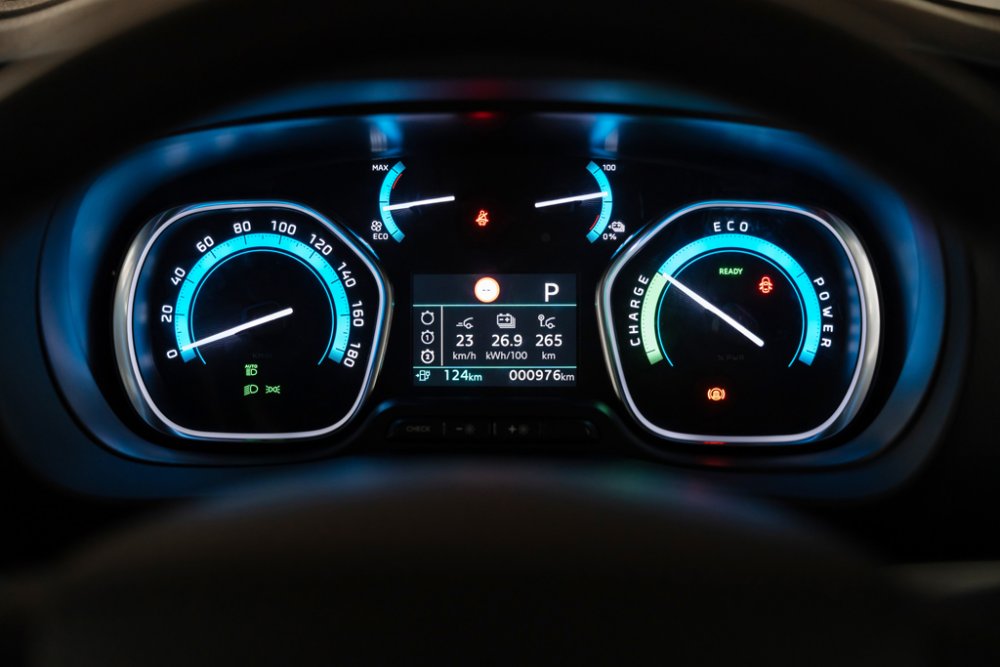
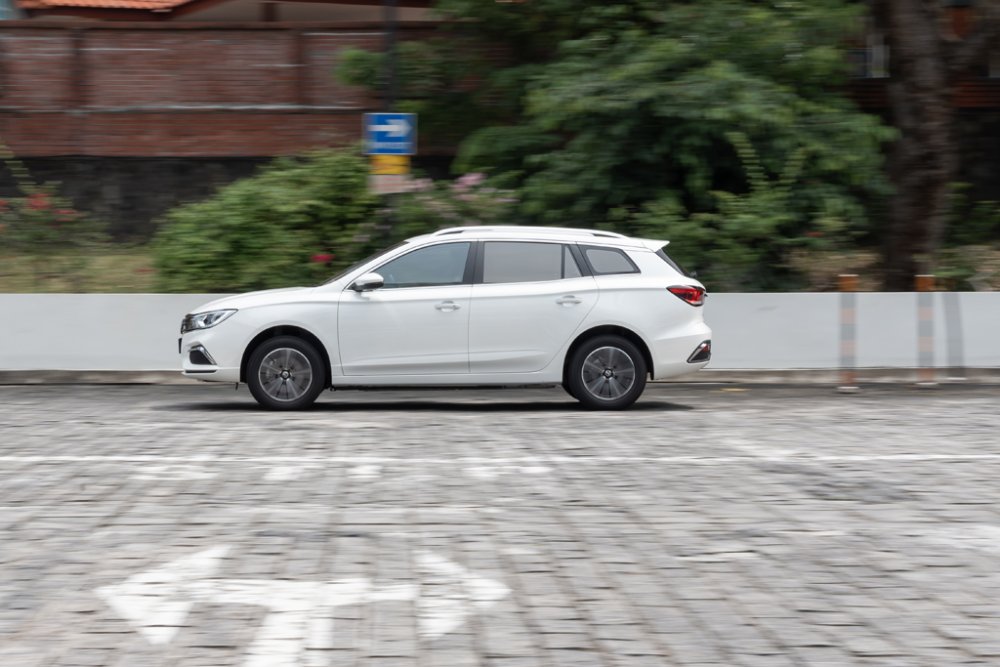

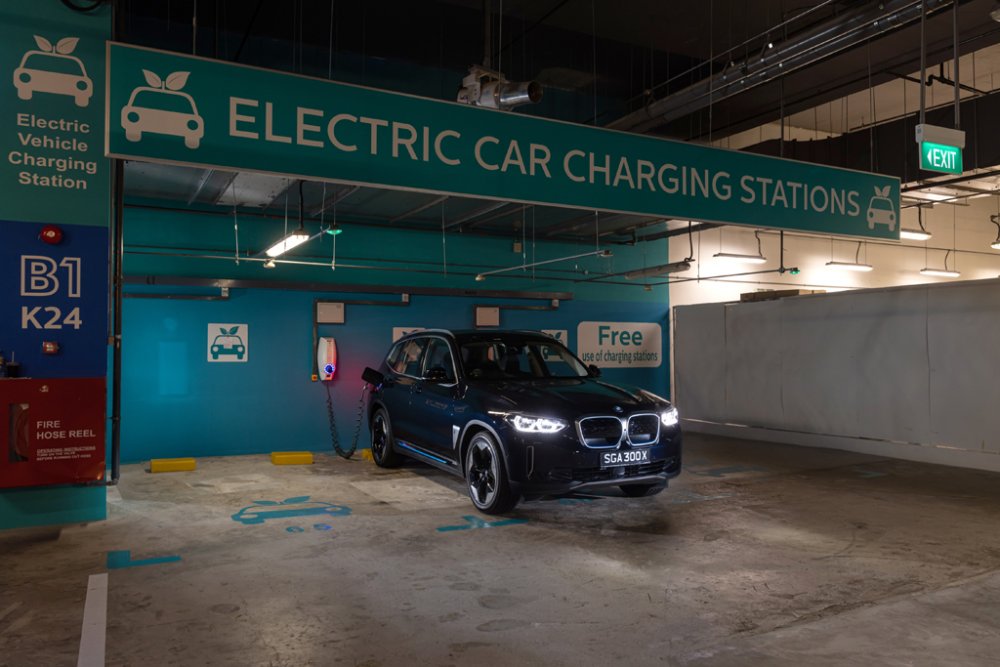
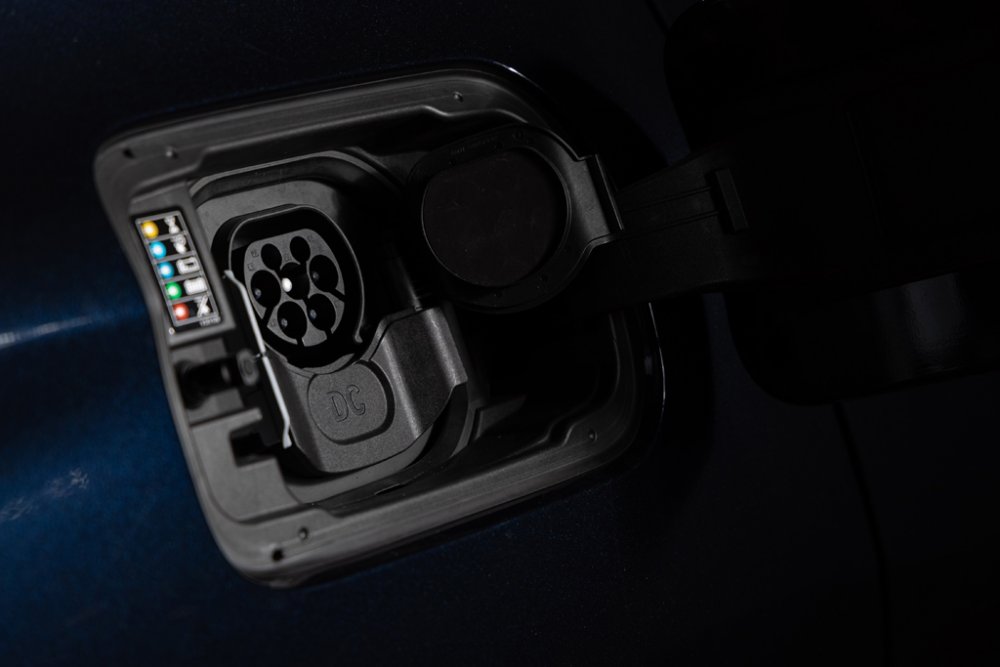
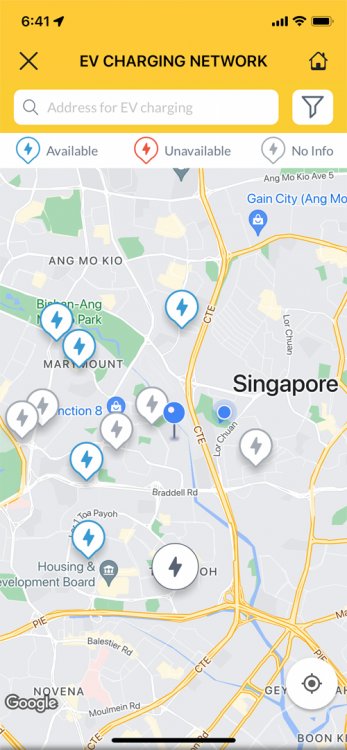

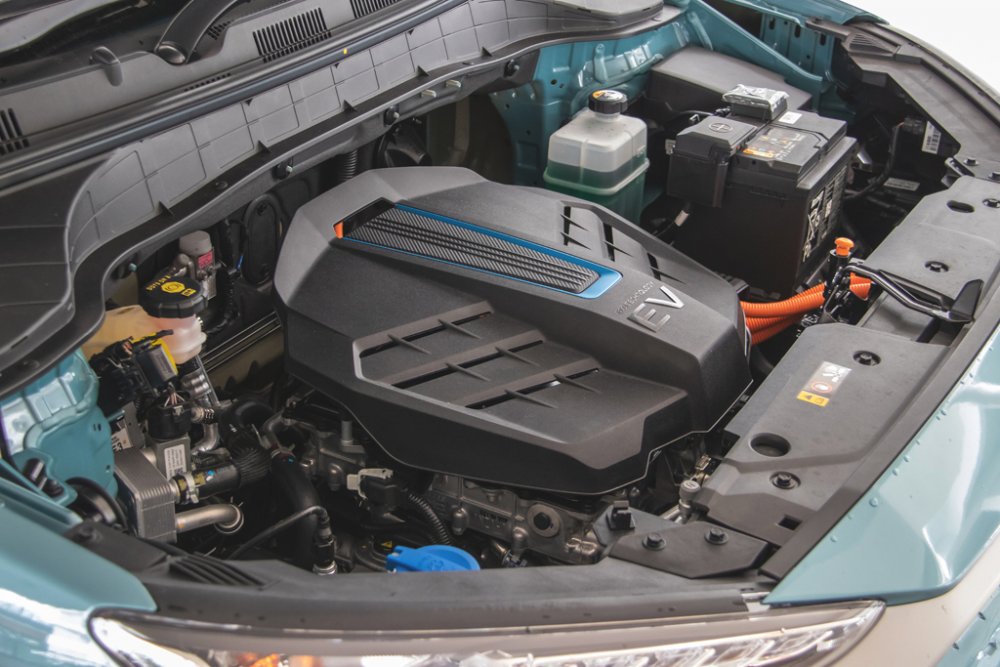
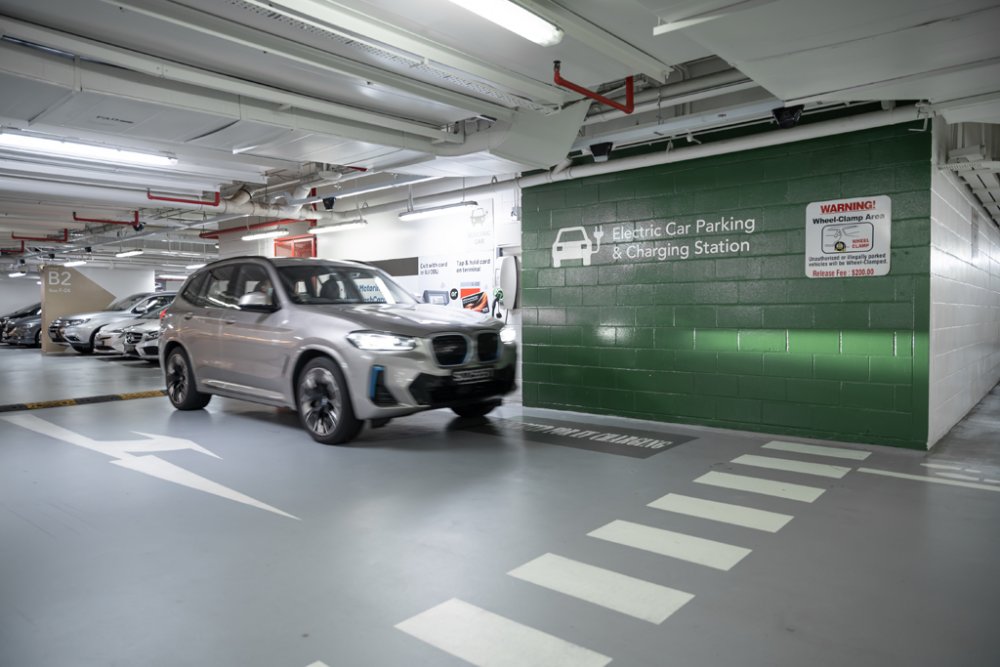
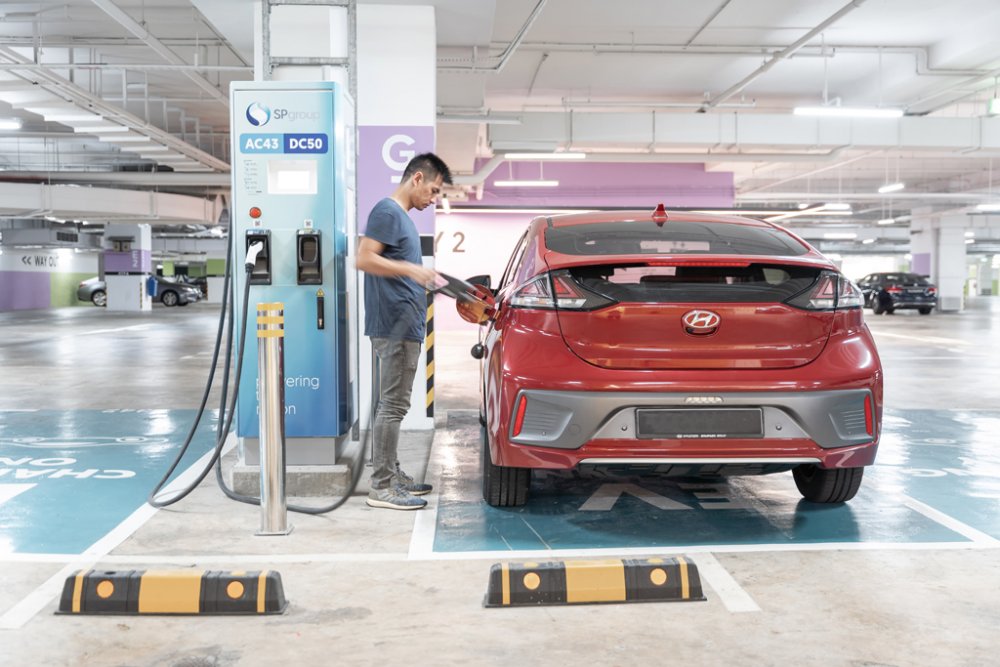

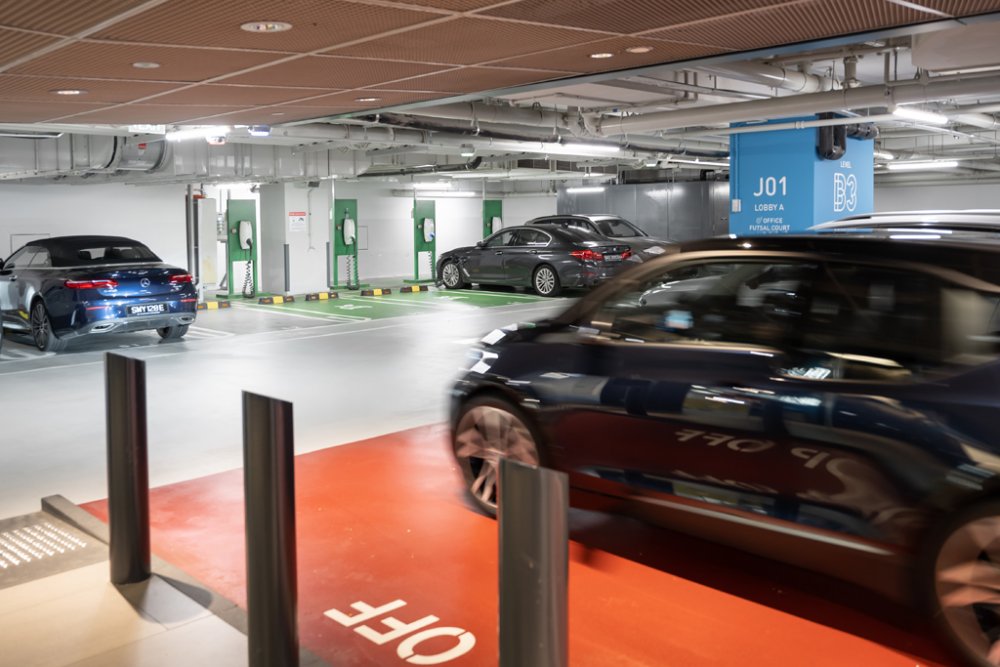
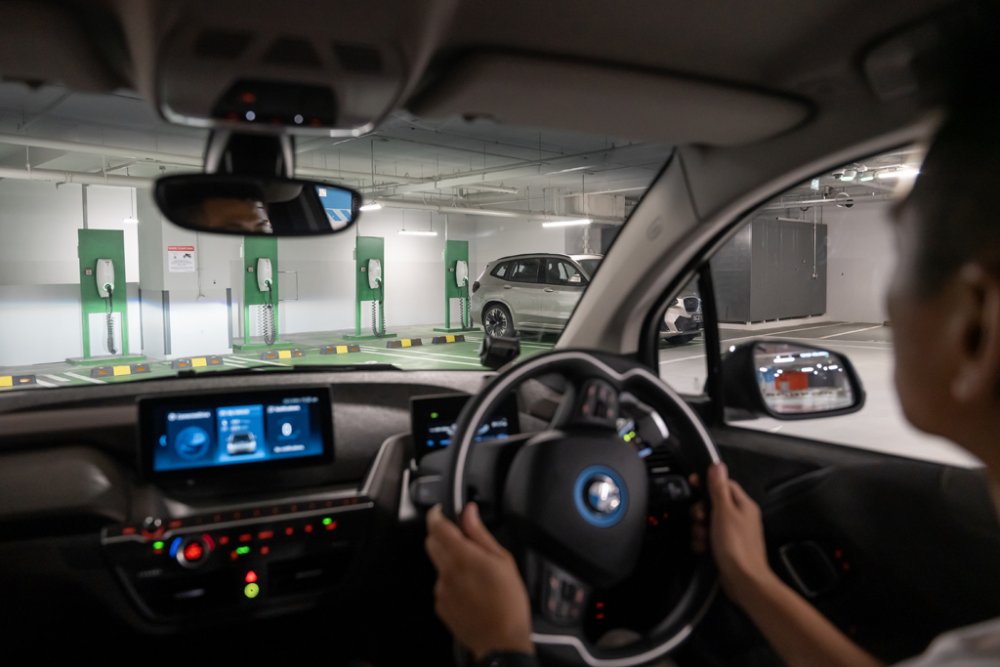
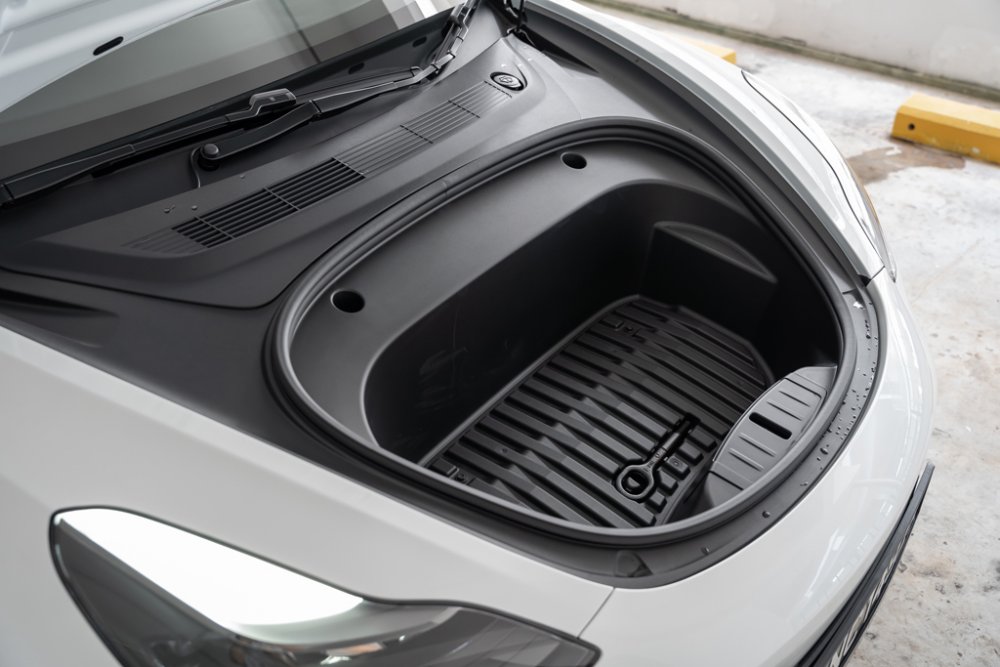
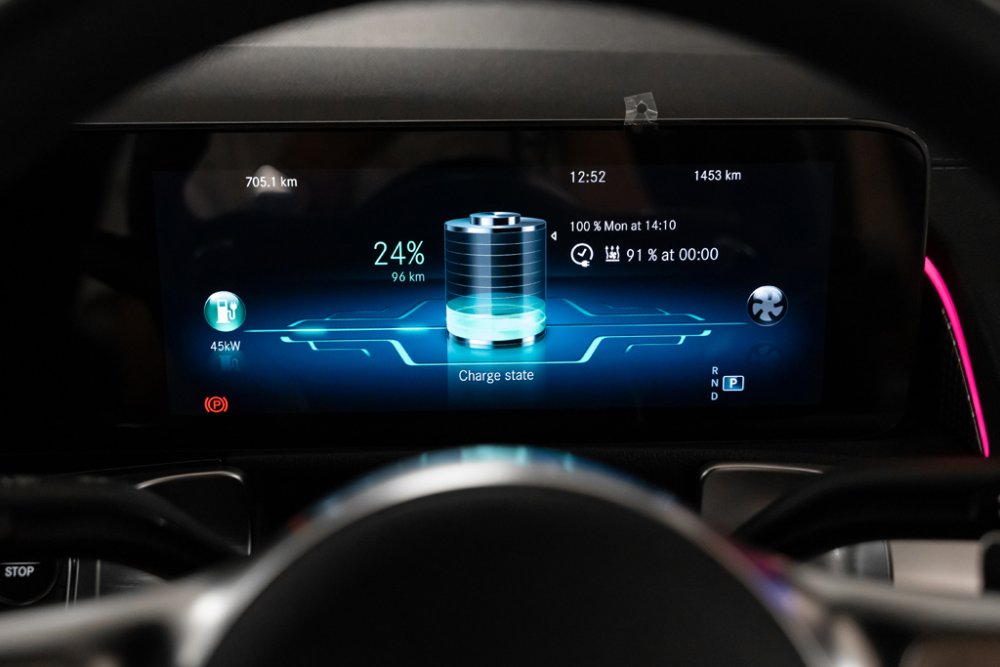
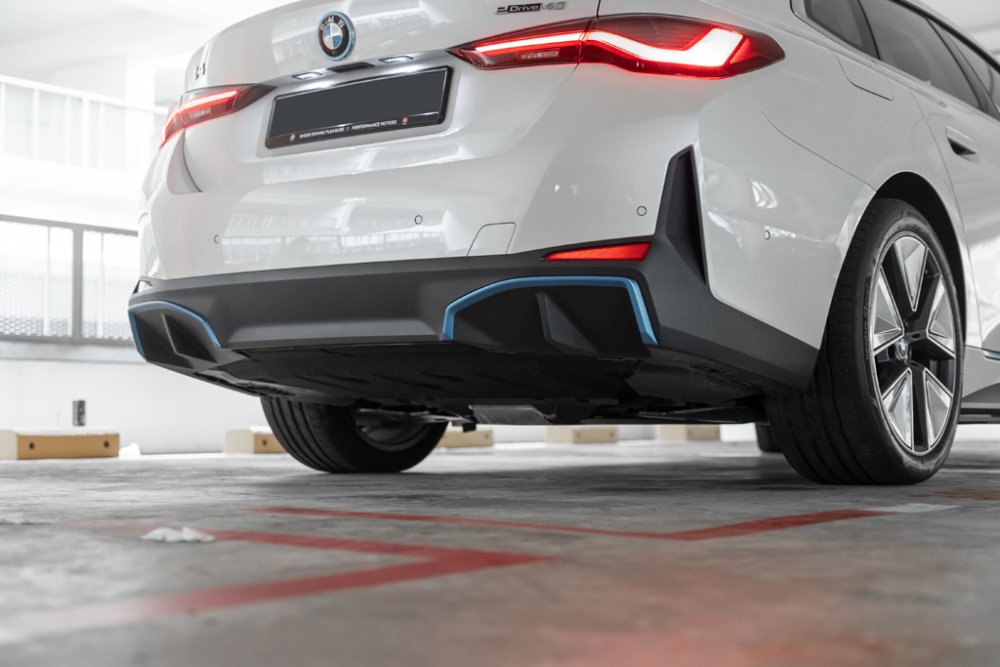
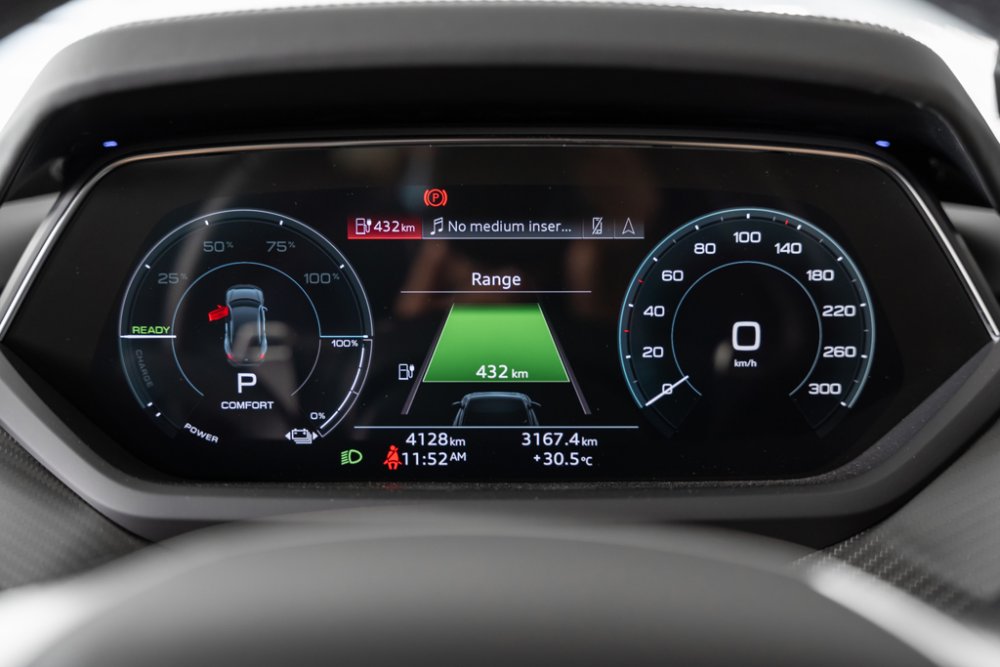
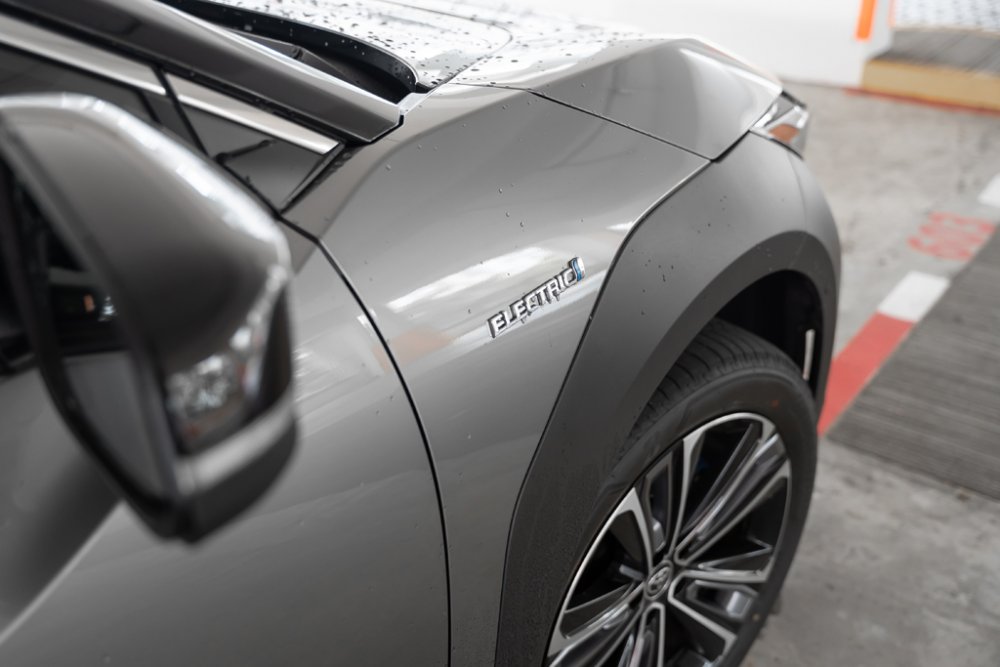
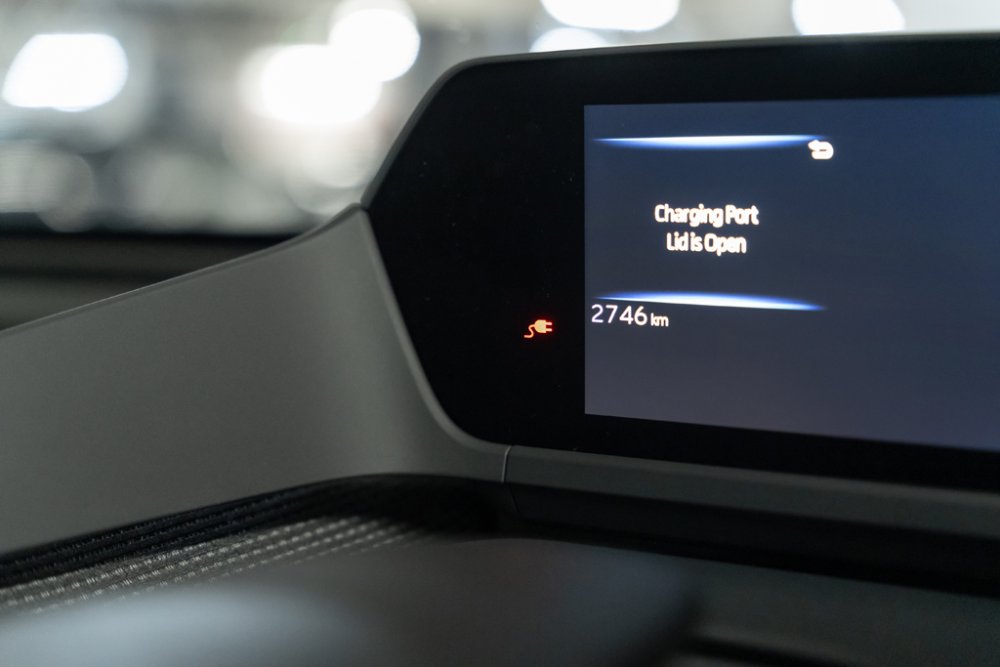

1 Comment
Recommended Comments
Create an account or sign in to comment
You need to be a member in order to leave a comment
Create an account
Sign up for a new account in our community. It's easy!
Register a new accountSign in
Already have an account? Sign in here.
Sign In Now